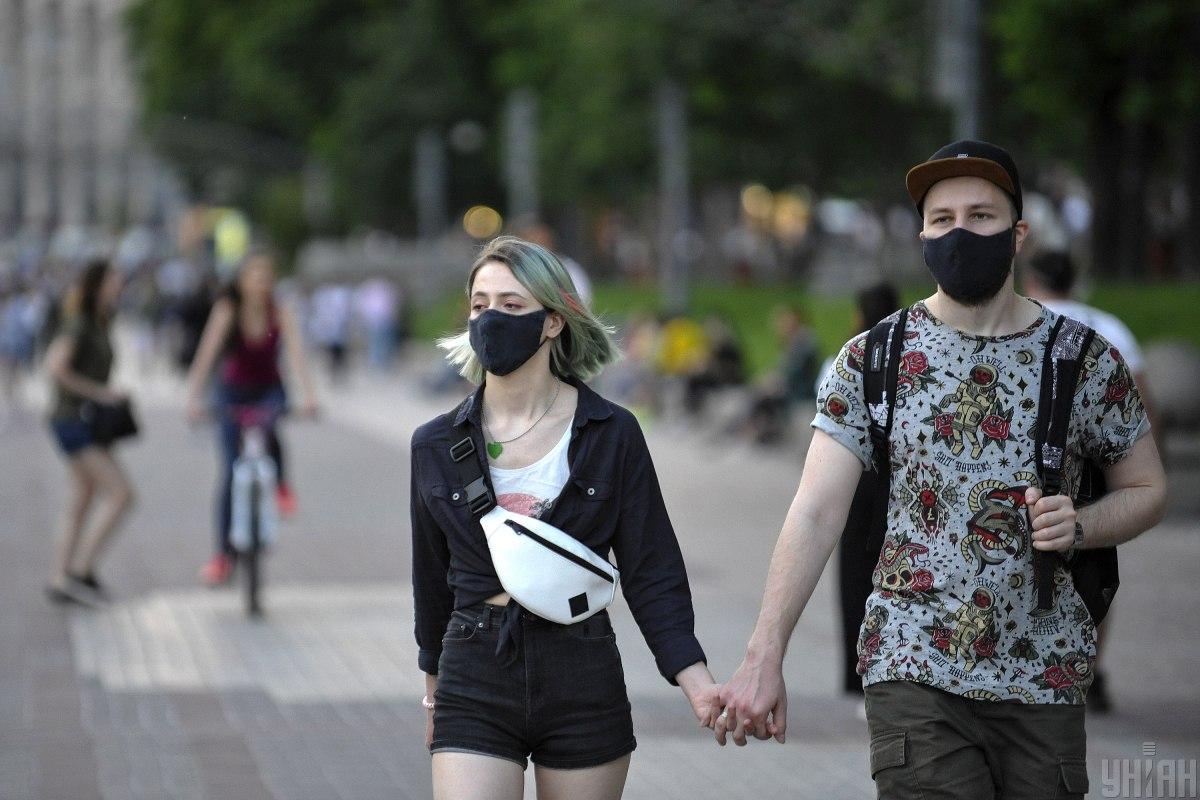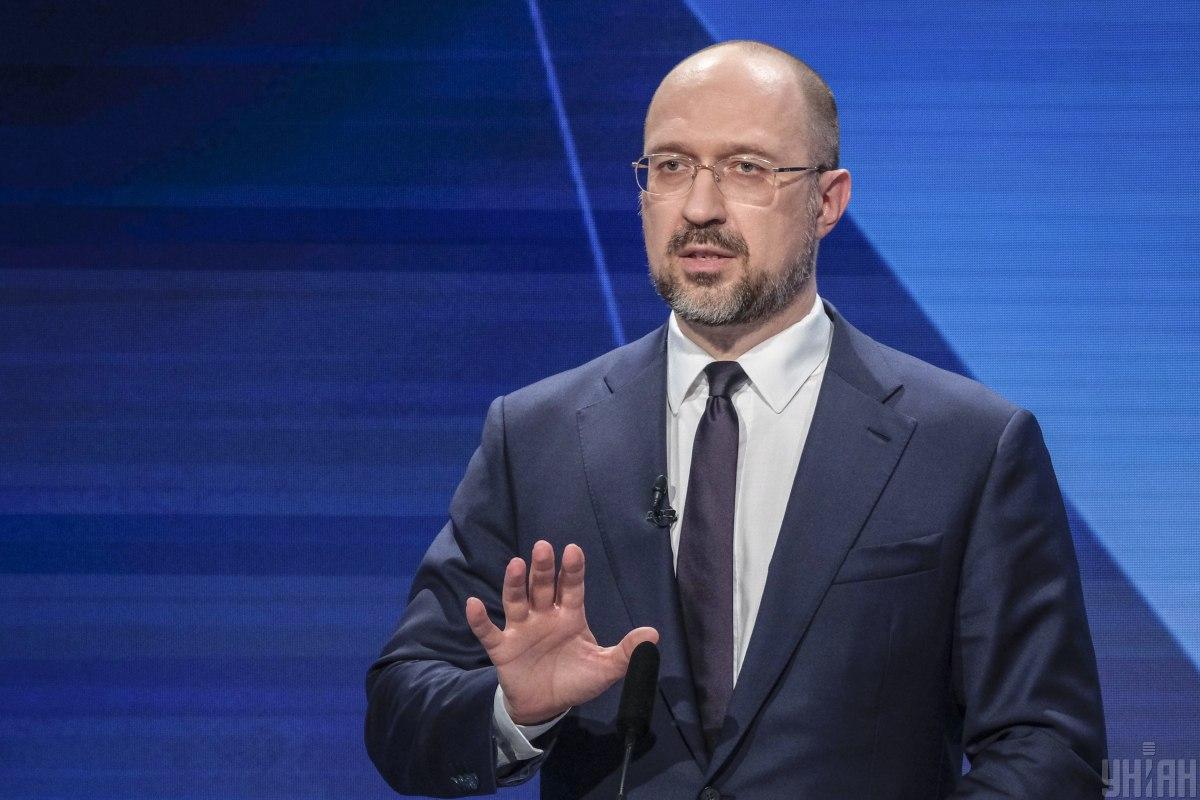
The Cabinet of Ministers put public focus back on the main economic factor of 2020, which is quarantine that has been in place since mid-March. On Wednesday, the government predictably extended the adaptive quarantine until August 31.
The benefits of a relaxed, adaptive approach to restrictive measures for the national economy were reflected in the latest stats. Industrial output for June increased by 4.1% against May, showing signs of recovery for the second month in a row. In annual terms, industrial output is still declining though (in June – by 5.6%), but a positive dynamic is becoming more and more evident.
The revival of industrial output in the outgoing week saw the Cabinet's organizational support as a new Ministry of Strategic Industries was set up Wednesday. According to Vice Prime Minister - Minister for Strategic Industries Oleh Urusky, the new ministry will be implementing the state policy in the field of strategic industries. Whether the ministry will become a real catalyst for positive change in industry at these difficult times is a question to which government officials and business CEOs are yet to find an answer.
Reduction of feed-in tariffs
Last week, the Ukrainian Parliament finally took a step towards addressing the issue of high tariffs for electricity generated by solar and wind power plants, which had become one of the reasons for the acute crisis in the Ukrainian energy sector.
At an extraordinary meeting on Tuesday, the Verkhovna Rada passed a law on reducing the feed-in tariffs, obliging the state to buy out electricity generated by renewables. The tariff for solar will be reduced by 15% and for wind generation – by 7.5%.
Prime Minister Denys Shmyhal stressed that the move would help government save major funds.
"In practice, this means that the government and all Ukrainians will save almost UAH 7 billion annually. By 2030, the memorandum will reduce the volume of payments for "green" generation by about EUR 2 billion," he said.

Such excessive optimism on the part of prime minister is discordant with one of the new bill's norm, which puts a on the national budget (read: taxpayers) a burden of paying at least 20% of compensation to a state-owned Guaranteed Buyer company, obliged to buy up all "green" power. Acting energy minister Olha Buslavets says this will annually amount to about UAH 10 billion.
Alternative energy CEOs criticized the new legislation, claiming that the Rada took no account of a number of important amendments, which had been put forward by NGOs and Ukraine's international partners.
Obviously, the situation with prices for "green" energy is still too far from being resolved, therefore, most likely, the new law could well be one day revised.
The outgoing week was marked by other important news in the energy sector. On Wednesday, the state-owned Naftogaz of Ukraine announced that the July wholesale gas price for households will stand at UAH 2,298 per 1,000 (before VAT, gas sales margins, and transportation costs), which is 7% up against June 2020.

Also, from August 1, Naftogaz set the minimum gas prices for industrial consumers at UAH 2,982 per 1,000 cubic meters, which is 8 kopiykas more than in July. Although insignificant, the increase could still affect the final cost of industrial products, and hence their competitiveness, as well the population's purchasing power.
By the way, in the outgoing week, attention was drawn to the statement by PM Shmyhal who said Ukraine had already accumulated sufficient volumes of gas and coal for a safe passage of the upcoming heating season.
Ukraine returning to global borrowing market

Important piece came from the financial markets as the Ministry of Finance on the second attempt placed 12-year eurobonds maturing in March 2033, worth $2 billion, at 7.25%.
It is worth recalling that in early July, Ukraine canceled the issue of bonds maturing in 2033 worth $1.75 billion amid an unexpected resignation of NBU Governor Yakiv Smolii who complained about "political pressure".
On Friday came the reports that through a new issue of eurobonds, Ukraine will buy back bonds maturing in 2021 and 2022 worth a total of over $846 million.
Last week, Ukraine also received financial support from the European Union. Prime Minister Shmyhal, during his visit to Brussels, signed a memorandum on the allocation of a EUR 1.2 billion macro-financial assistance from the European Union.
PM says the loan is divided into two tranches worth EUR 600 million each. The first tranche is unconditional, and will be provided after Parliament ratifies the memo. The second tranche will be allocated after the government completes reforms scheduled for this year and early 2021.
The inflow of such volumes of foreign currency into the Ukrainian financial system may become a positive signal for the hryvnia, which has been sliding lately. In the past week alone, the dollar has strengthened to hryvnia by over 50 kopiykas, and the euro – by almost UAH 1.
The National Bank says such rate fluctuations are due to psychological factors.
"First of all, this is a reaction to statements that the hryvnia will be weaker. This is happening, has happened, and could happen, but the National Bank has tools for working with this, and so it does," Deputy NBU Governor Dmytro Solohub said in a comment.
However, average Ukrainians can't grasp anything useful from that statement as hryvnia depreciation, higher gas prices, and an overall difficult economic situation, undoubtedly, don't help improve their purchasing power, further rising social tension.
In the last week of July, a heat wave will return to most regions of Ukraine, Ukrainian farmers will pursue with their harvesting campaign, the National Bank will report on the country's balance of payments, while the State Statistics Service will release average wage stats for June.
Pavlo Stepanets

